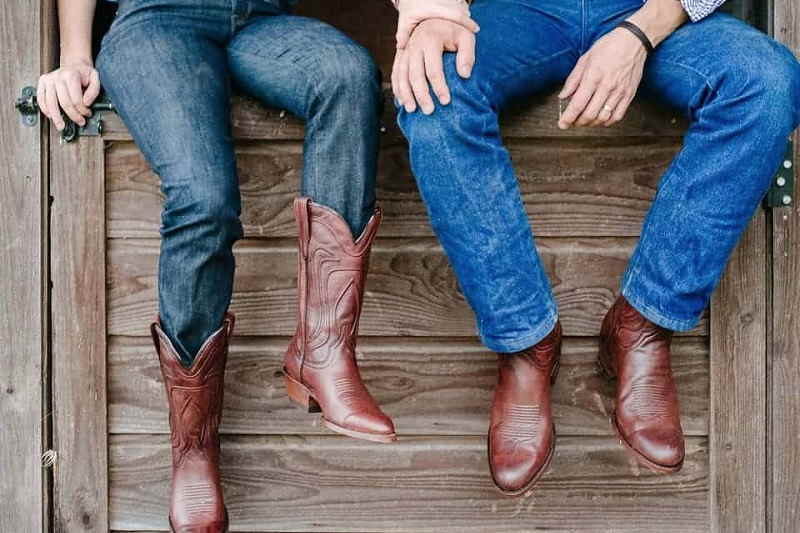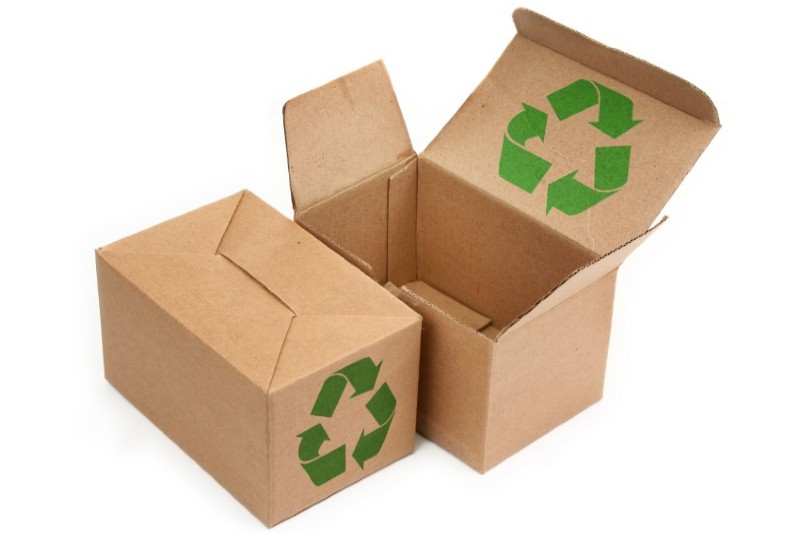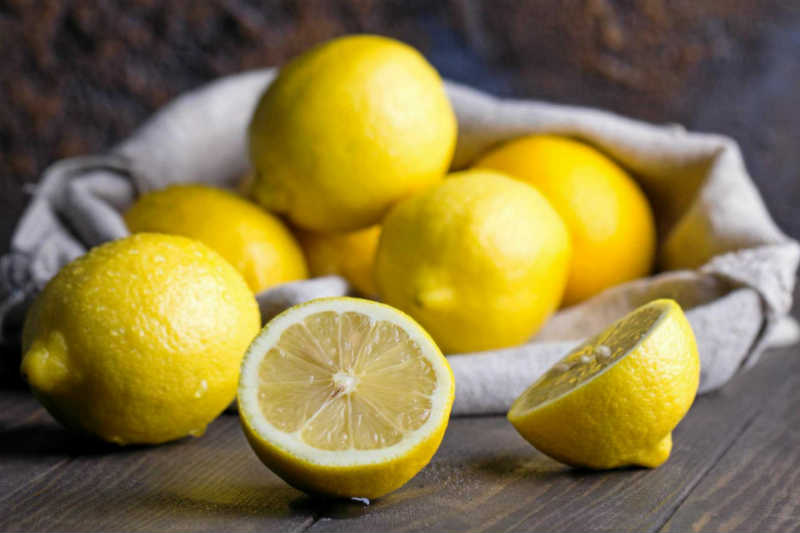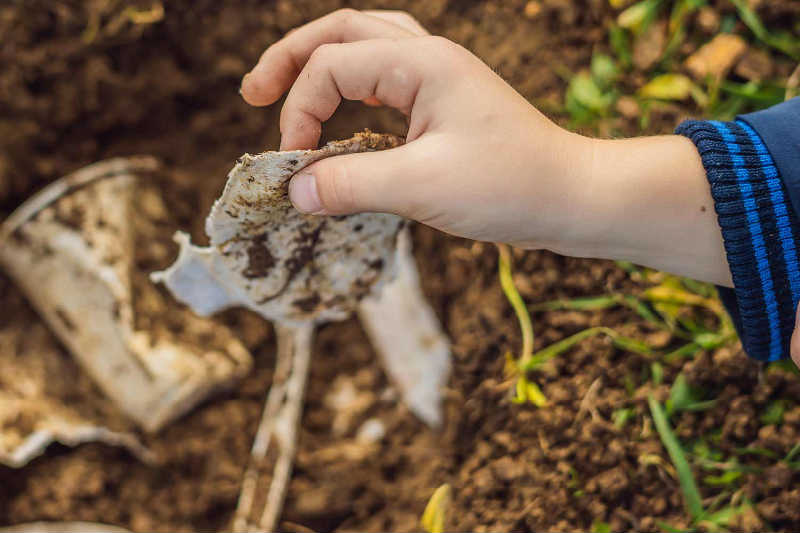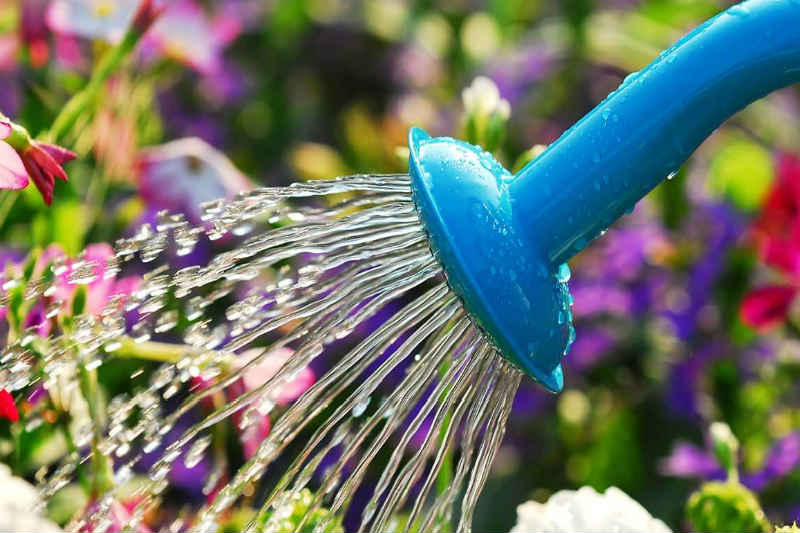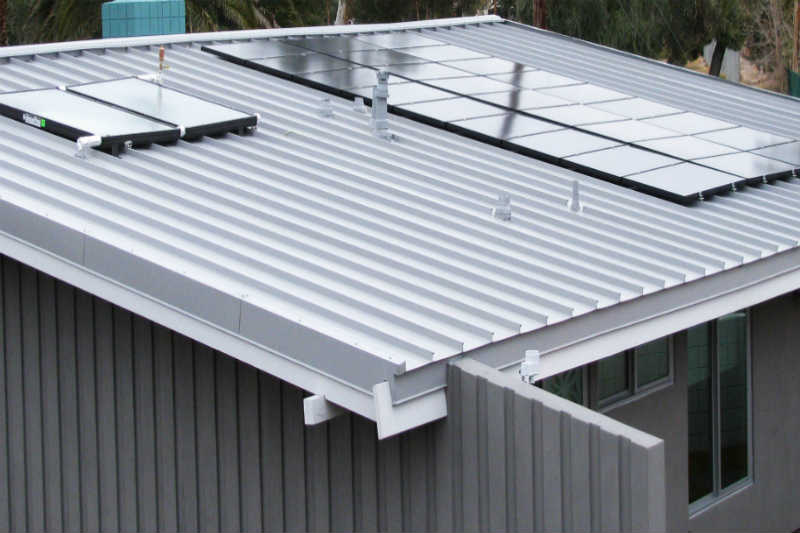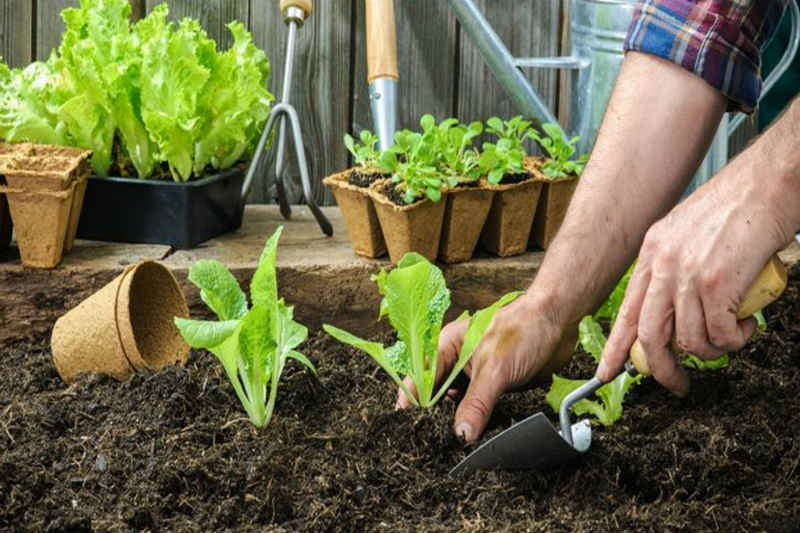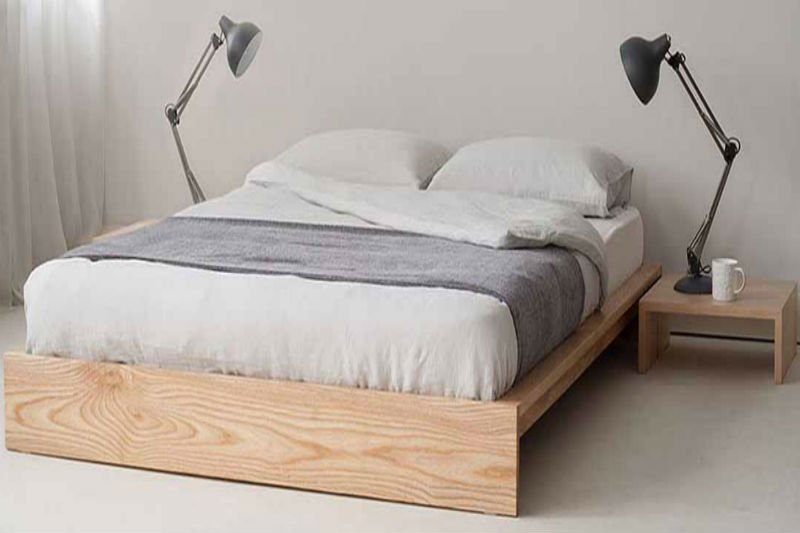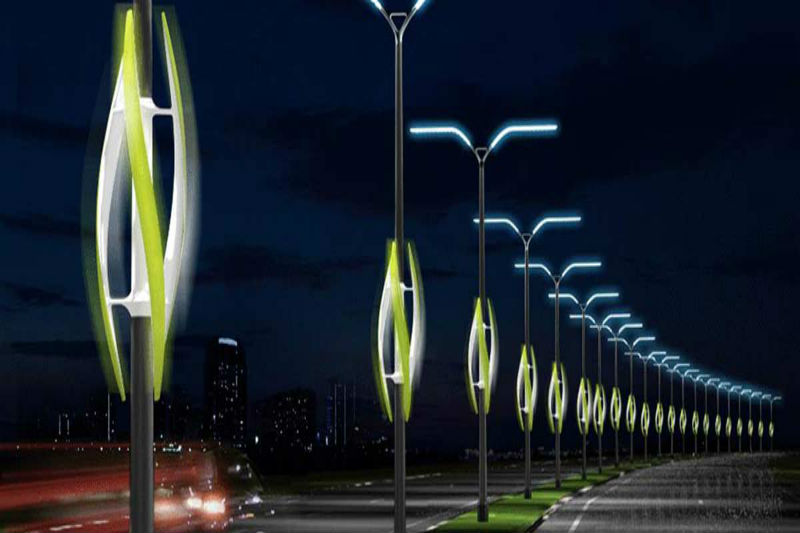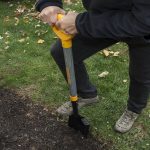As the world’s governments grapple with environmental issues such as global warming, at an individual level, millions of people try their best to have a greener lifestyle by installing solar panels, switching to electric cars, or purchasing only sustainable products and that includes footwear such as women’s western boots.
You might think that the purchase of a pair of cowboy boots made from sustainable sources of leather could not possibly have an impact on some of the larger environmental issues the world faces. On its own, you might be right; however, as opinion shifts and more and more people decide to purchase sustainable cowboy boots and other items of clothing or footwear, then the positive impact becomes greater.
Sustainability is not just about saving natural resources. it also takes us into matters such as how the companies making products such as cowboy boots do so. In other words, what are the manufacturing processes they use, are those processes environmentally friendly, and are the working conditions and practices such that the workers in these companies are well treated and paid a fair wage?


